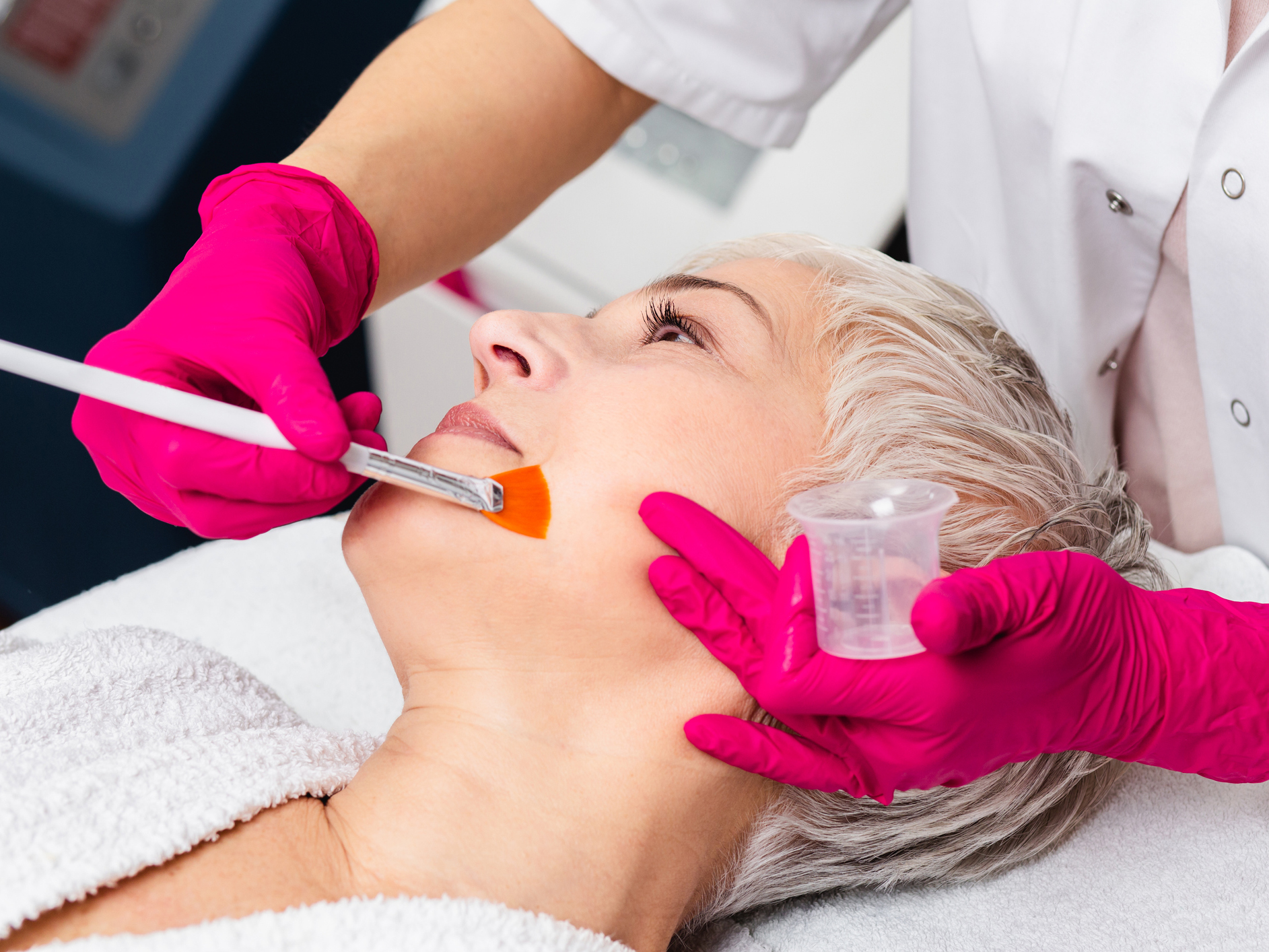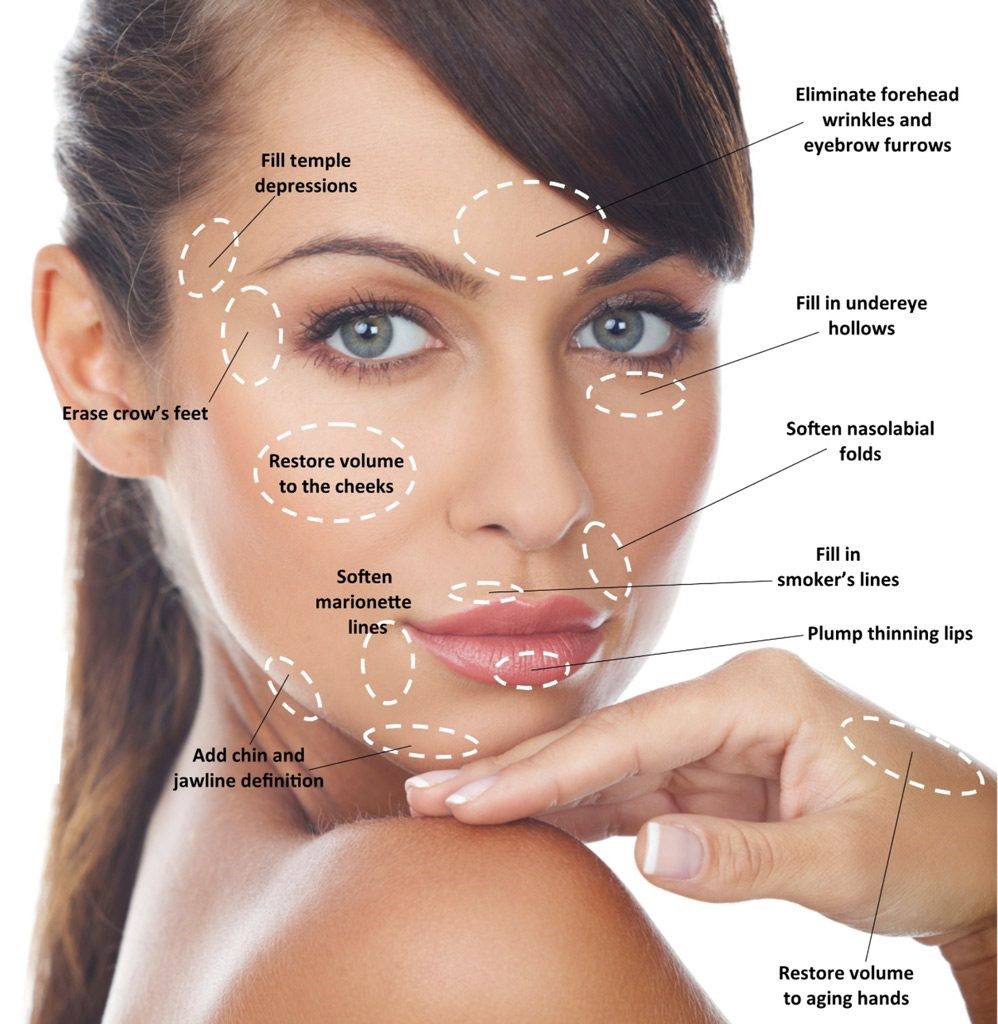Get Easy Health Digest™ in your inbox and don’t miss a thing when you subscribe today. Plus, get the free bonus report, Mother Nature’s Tips, Tricks and Remedies for Cholesterol, Blood Pressure & Blood Sugar as my way of saying welcome to the community!
What to expect during a dermal filler procedure

Most of you know that deep wrinkles caused by the underlying muscles are a perfect target for botulinum toxin (“botox”).
The forehead lines, glabella (scowl lines), and lateral canthus (crow’s feet) are the usual areas that are easily fixed with botulinum toxin and lasts generally 3-5 months. For these places the effects of botox are perfect and the results are almost always exactly what’s expected.
Yet there are areas of the face where botox just isn’t the right solution. The preferred treatment for those areas is usually a dermal filler.
If you’ve been considering a dermal filler procedure but needed to know more, I’ll explain how it works on different areas of the face to show the most benefit…
A Dermal filler makes profound face changes
Inevitably, with age, comes a loss of fullness and support in the face. Certain areas may appear to sag while others may look hollow. One noticeable example is when the muscle and tissue of the cheek area lose volume.
Dermal fillers can help “replace” that loss to recreate a fuller, more youthful-looking cheek contour that can be quite profound.
Dermal filler lasts 9-24 months depending on the type used and can fill in and re-shape a number of important facial areas.
Related: Is a ‘thread lift’ for you?
Dermal fillers are injected using either a traditional sharp needle or, a newer technique using what’s known as a blunt-tip cannula. The blunt-tip cannula is gaining in popularity because the bruising and pain are far less than with the traditional sharp needle. Sharp needles can even penetrate small face veins routinely which causes several weeks of bruising on the face.
So, when meeting with the doctor who will handle your procedures be sure to ask him about using a cannula needle where possible so you can look your new best without downtime.
Let’s look at these facial areas that are so well served by using a blunt tip cannula to inject dermal filler.
Where on your face can filler be used?
Before getting started, your doctor and his specially trained nurse will talk with you about areas you’re concerned about and make recommendations. They will literally map out a plan on your face by marking injection sites.
Your face will be cleansed to help deter infection and anesthetized. An anesthetic ointment can be applied to each site where you would receive a local anesthesia injection.
Then it’s time to being with the dermal filler. Here is a list of possible areas of treatment…

Source: Provided by Dr. Michael Cutler
- Deep glabellar or forehead lines. When botox does not fix the deep “11” lines of the glabella, then ask for filler with a blunt-tip cannula. It may take a sharp needle to fill in the more superficial skin area there.
- Sunken temples. The temple areas that sink in over the years can be restored to a much more youthful appearance with the longer-acting Juvéderm Voluma using a blunt-tip (minimal if any bruising) or sharp needle.
- Nose job. “Liquid rhinoplasty” is the new term used for a non-surgical nose shape correction using dermal filler. This is best done using both a blunt tip and a sharp needle injection.
- Pre-jowl sulcus. You’ve seen the sunken divots on each side of the jaw that is created by sagging lower face skin there. Blunt tip cannula works wonderfully in this area. One full syringe of filler on each side will make a wonderful improvement.
- Tear trough (a.k.a. infra-orbital hollow). I have treated this with filler using only sharp injection until very recently. Now I see how easy it is to use a cannula and avoid bruising. However, obstruction of lymphatic flow in this area is still possible with a cannula, therefore the placement must be deep just over the bone there.
- Cheek hollow. Voluma fills this sunken mid-cheek area nicely
- Lips: vermillion border, cupid’s bow (philtrum), and general volume
- Oral commissure (down-turned mouth): can be turned up by injecting filler at the corners of the lower lip
- Lip (“smokers”) lines: Tiny superficial sharp needle injections of filler will greatly soften these lines
- Nasolabial folds: cannula works great here with only a single point of entry
- Marionette lines: The same entry point can be used for this area
- Chin crease
- Neck creases front and back: a great place to use a cannula for filler
- Back of hands: Radiesse via cannula makes the back of hands appear 20-30 years younger.
Once the procedure is complete, any marking the nurse made will be wiped away. You’ll likely be advised to apply an ice pack to reduce swelling and mild discomfort. You might be tender for a few days, and hopefully, experience little to no bruising.
To slowing aging, looking good and feeling good,
Michael Cutler, M.D.













